Mammals at Monticello
A small number of mammals (including bats) have been recorded at Monticello Park. Other mammals may be present but have not been reported. If you click on a species name, there is a link to the iNaturalist page with photos and information about the species.
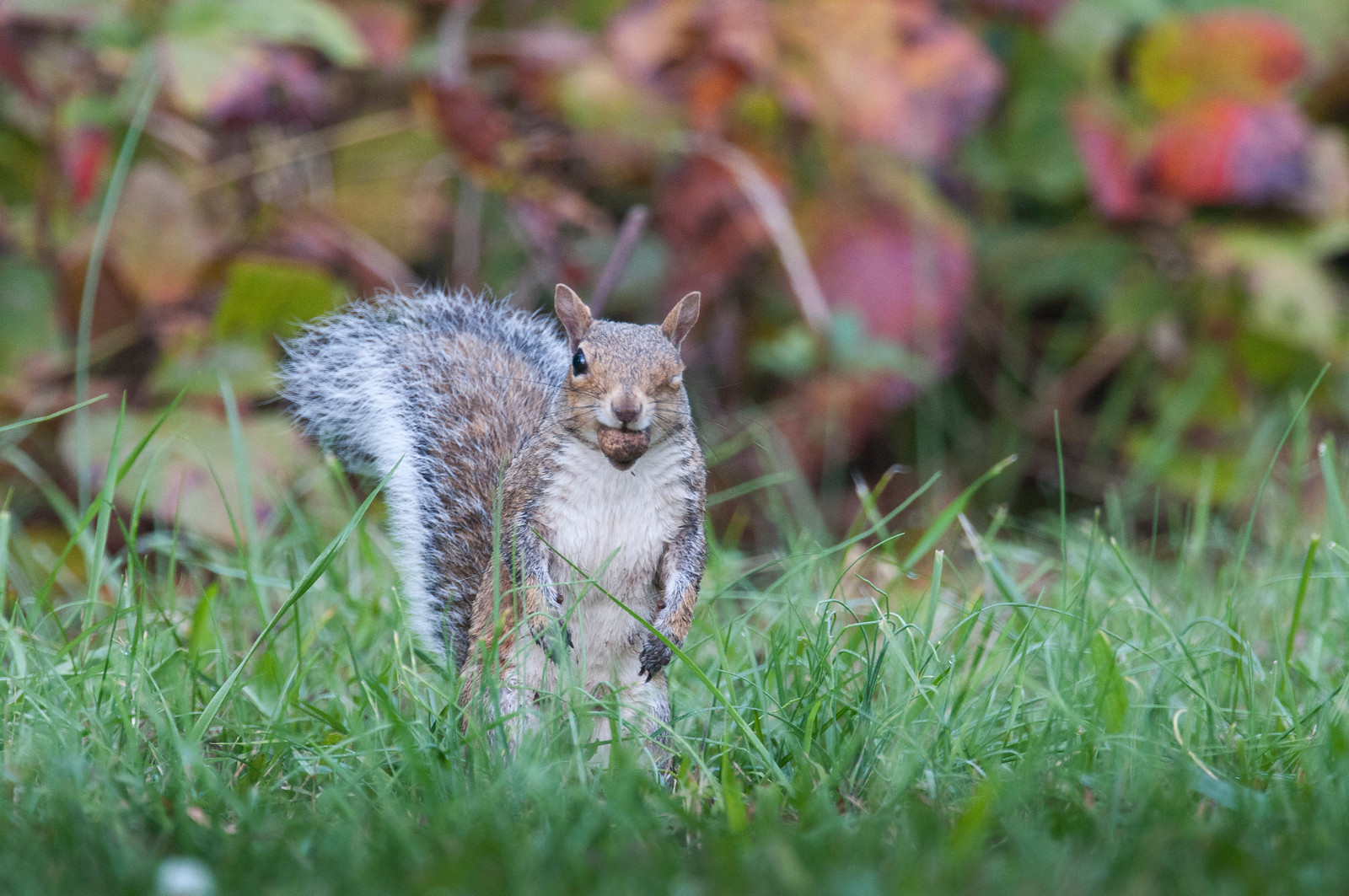
Eastern Gray Squirrel - Photo by William Higgins
RECORDED:
Eastern Chipmunk (Tamias striatus). Eastern Chipmunks are abundant at Monticello. They are seen and heard in all portions of the park.
Eastern Cottontail (Sylvilagus floridanus). Few Eastern Cottontails are seen in the park, but they often are seen munching foliage on the lawns of houses adjacent to the park.
Eastern Gray Squirrel (Sciurus carolinensis). Eastern Gray Squirrels are abundant at Monticello, and they can be seen and heard in all portions of the park. The melanistic form of the Eastern Gray Squirrel is black rather than gray.
Northern Short-tailed Shrew (Blarina brevicauda). Northern Short-tailed Shrews spend most of their time underground, so they are seldom seen. You are more likely to see a dead one above ground than a live one. The number in the park probably far exceeds the number reported.
Norway Rat (Rattus norvegicus). Norway Rats are a non-native species originally from Asia. They were transported to Europe during the Middle Ages, and they made their way to North America aboard ships in the 1700s. Norway Rats are found in commercial and residential areas, but they also can be found in wooded parks and along streams. These rats are primarily nocturnal. They are abundant in Northern Virginia and have been seen at Monticello.
Raccoon (Procyon lotor). Raccoons have bred at Monticello. A family of raccoons lived in a hole in a tree on the ridge at midstream. This tree was blown down during the derecho in 2012, and raccoons have not been seen in the park since. Because raccoons are primarily nocturnal, some still could be in the park.
Red Fox (Vulpes vulpes). Red foxes have bred at Monticello, and adults and/or kits can be seen in the park and surrounding neighborhood. Some foxes have come to the stream at Monticello while people have been standing nearby.
Southern Flying Squirrel (Glaucomys volans). Southern Flying Squirrels have been seen infrequently at Monticello. They are strictly nocturnal, and because they are so small, there could be more in the park than have been reported.
Virginia Opossum (Didelphis virginiana). The Virginia Opossum is a common marsupial (having a pouch) in Northern Virginia. Opossums are nocturnal. They have been recorded in the neighborhood adjacent to the park, and they possibly have been in the park without having been seen.
White-tailed Deer (Odocoileus virginianus). Because of the small size and sloped terrain, Monticello cannot support a population of White-tailed Deer. However, deer occur in the surrounding neighborhood, and they occasionally are seen in the yards adjacent to the park.
BATS:
Jean-Pierre Bacle has conducted a survey of the bats at Monticello. Bats are nocturnal, but on rare occasions, you might see one at the park during daylight hours. For more information about the bats in the park, visit the Bats entry in the Library section of this website.
Big Brown Bat (Eptesicus fuscus).
Eastern Red Bat (Lasiurus borealis).
Evening Bat (Nycticeius humeralis).
Gray Myotis (Myotis grisescens).
Hoary Bat (Lasiurus cinereus).
Little Brown Myotis (Myotis lucifugus).
Northern Myotis (Myotis septentrionalis).
Silver-haired Bat (Lasionycteris noctivagans).
Southeastern Myotis (Myotis austroriparius).
Townsend's Big-eared Bat (Corynorhinus townsendii).
Tricolored Bat (Perimyotis subflavus).
NOT RECORDED, BUT POSSIBLY/PROBABLY PRESENT:
Eastern Deer Mouse (Peromyscus maniculatus). Eastern Deer Mice are fairly common in Northern Virginia and possibly at Monticello. Because they are small, nocturnal, and spend most daylight hours in burrows or hidden near trees, they are seldom seen during the day.
Eastern (or Common) Mole (Scalopus aquaticus). Eastern Moles are common in Northern Virginia. They spend most of their time underground and could be at Monticello without being seen.
House Mouse (Mus musculus). The House Mouse is a non-native species, introduced to the US from Eurasia. House Mice are crepuscular (active during twilight hours) or nocturnal. These small mice are abundant in Northern Virginia and probably at Monticello.
White-footed Mouse (Peromyscus leucopus). White-footed Mice are small and look similar to Eastern Deer Mice. They are primarily nocturnal and avoid humans. They are common in Northern Virginia and possibly occur at Monticello.
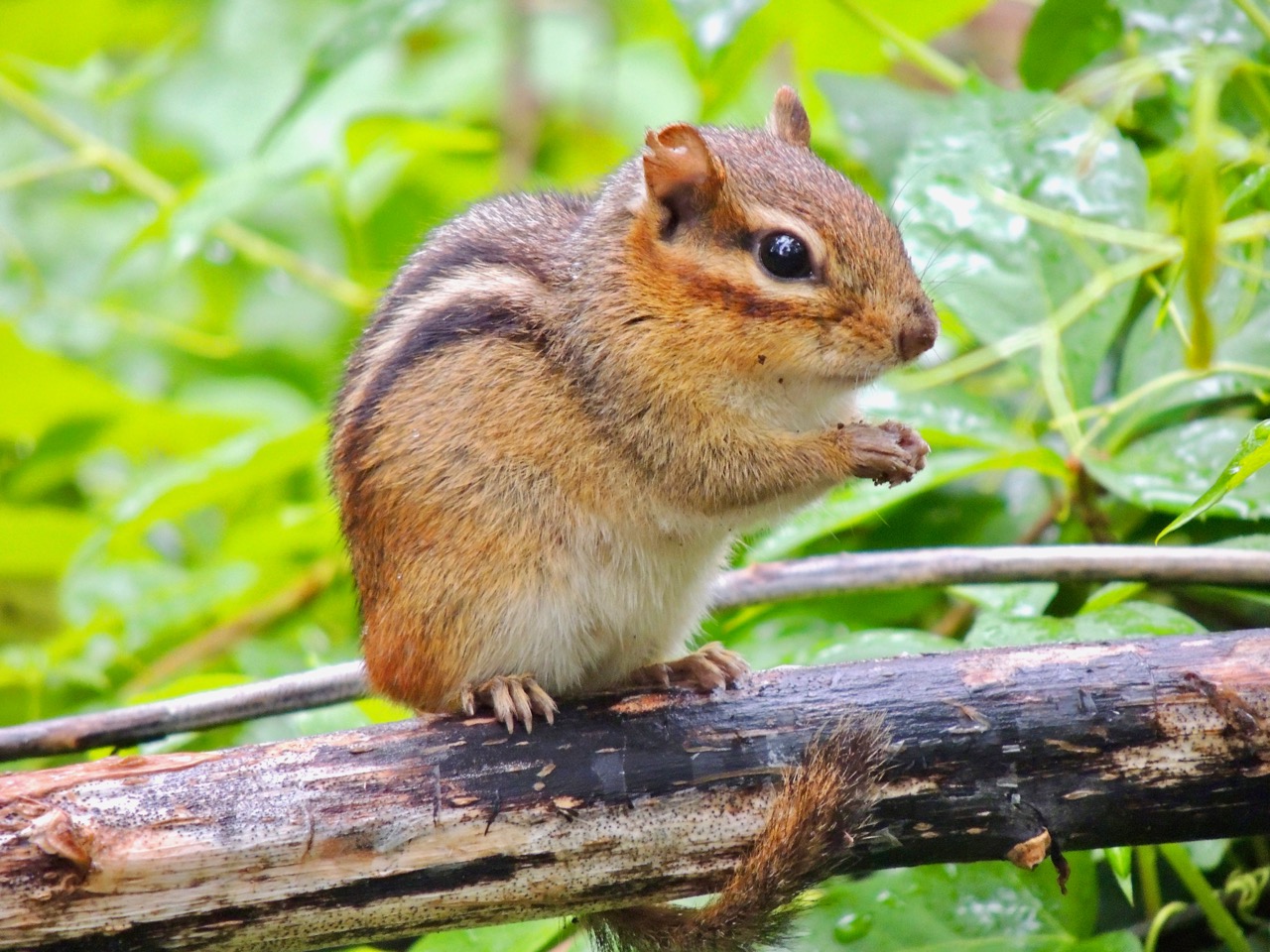
Eastern Chipmunk - Photo by William Young
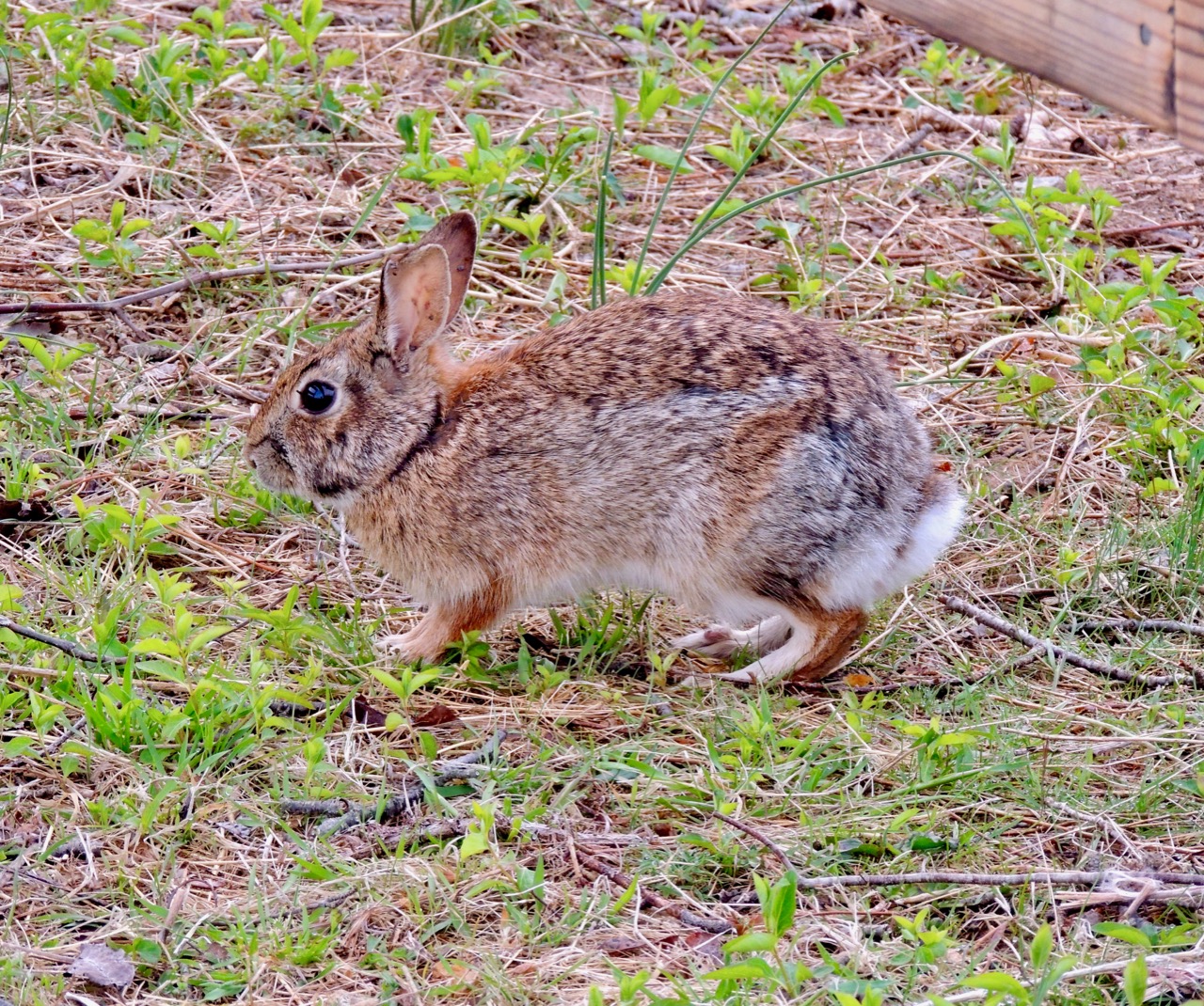
Eastern Cottontail - Photo by William Young
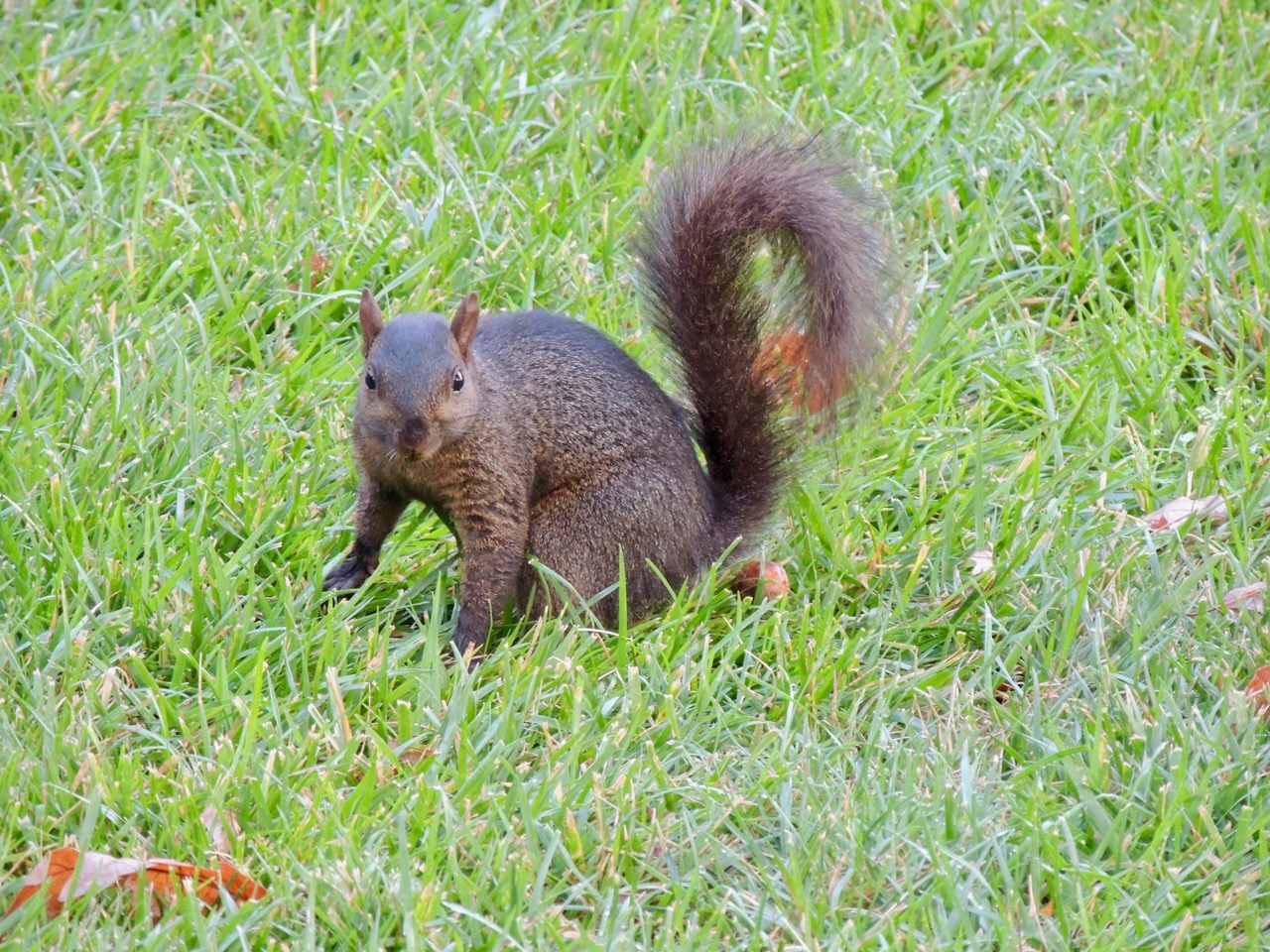
Eastern Gray Squirrel (melanistic) - Photo by William Young
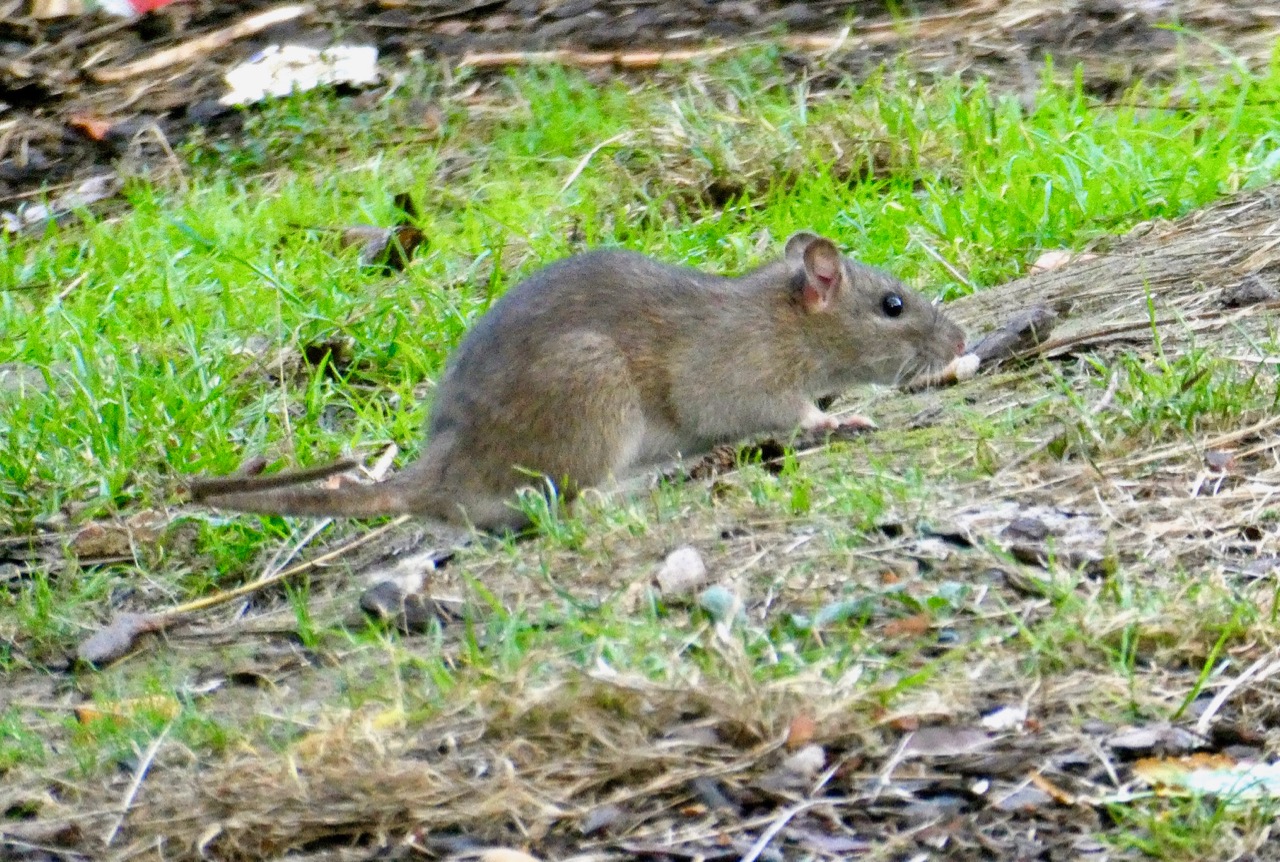
Norway Rat - Photo by William Young
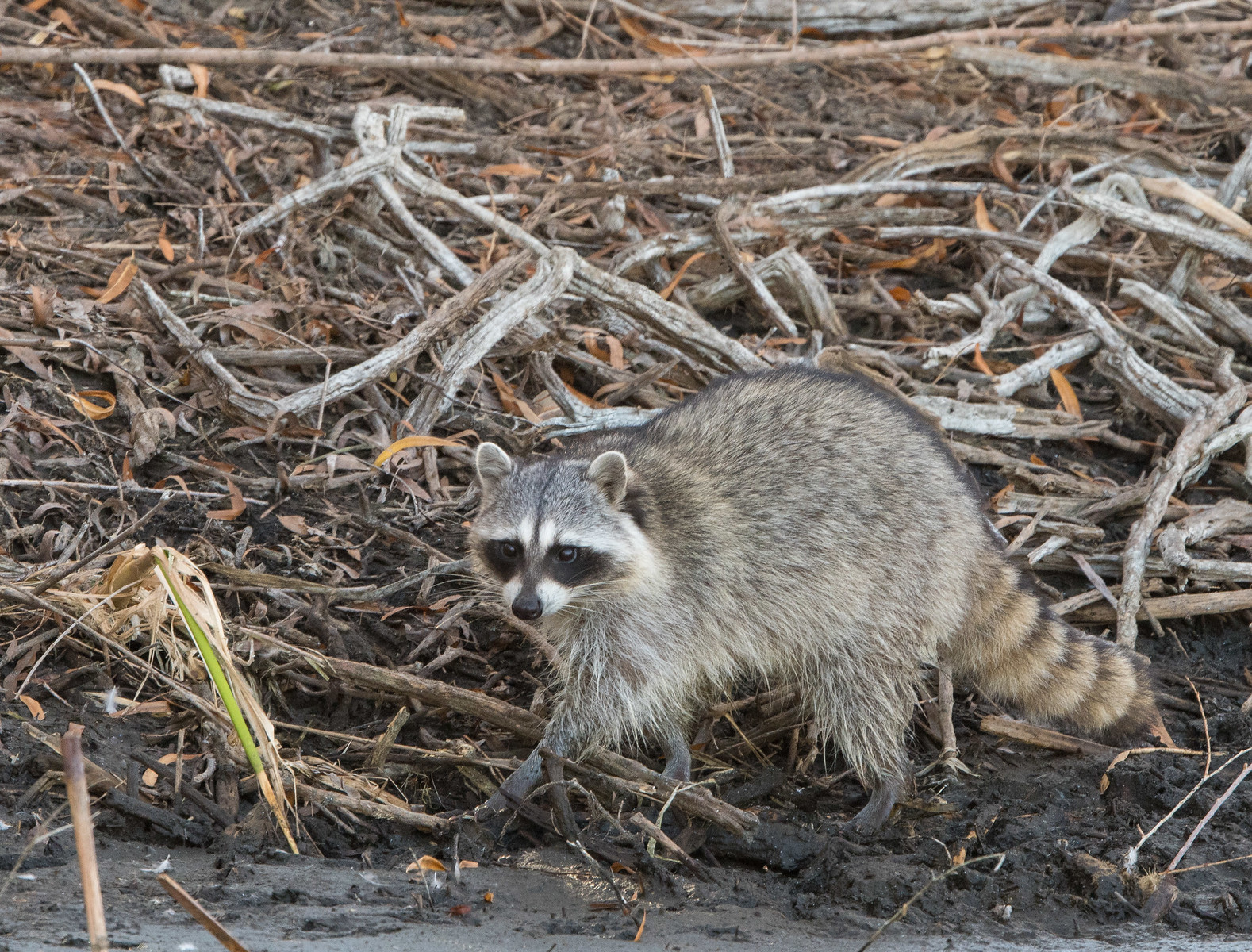
Raccoon - Photo by William Higgins
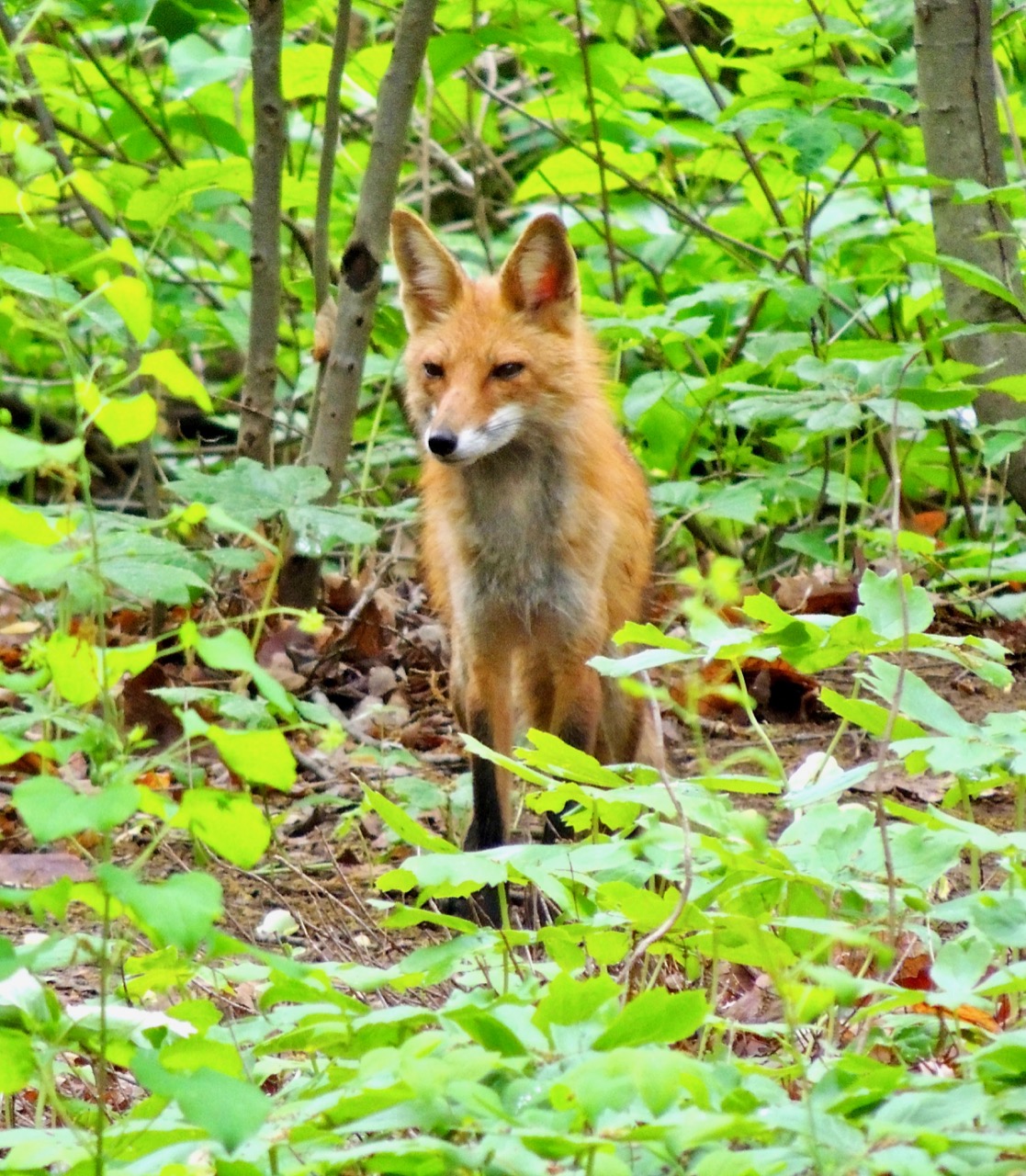
Red Fox - Photo by William Young
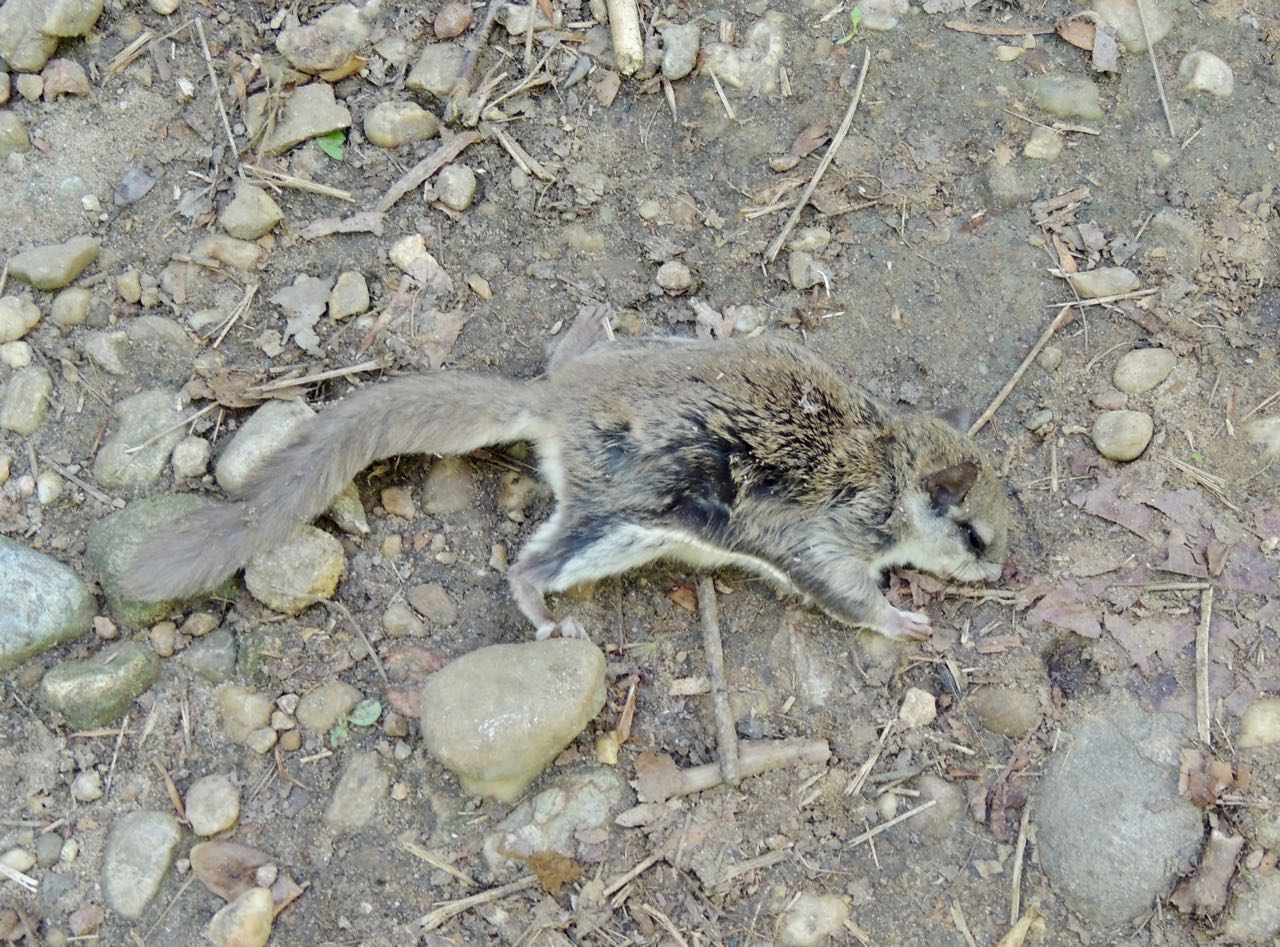
Southern Flying Squirrel - Photo by William Young
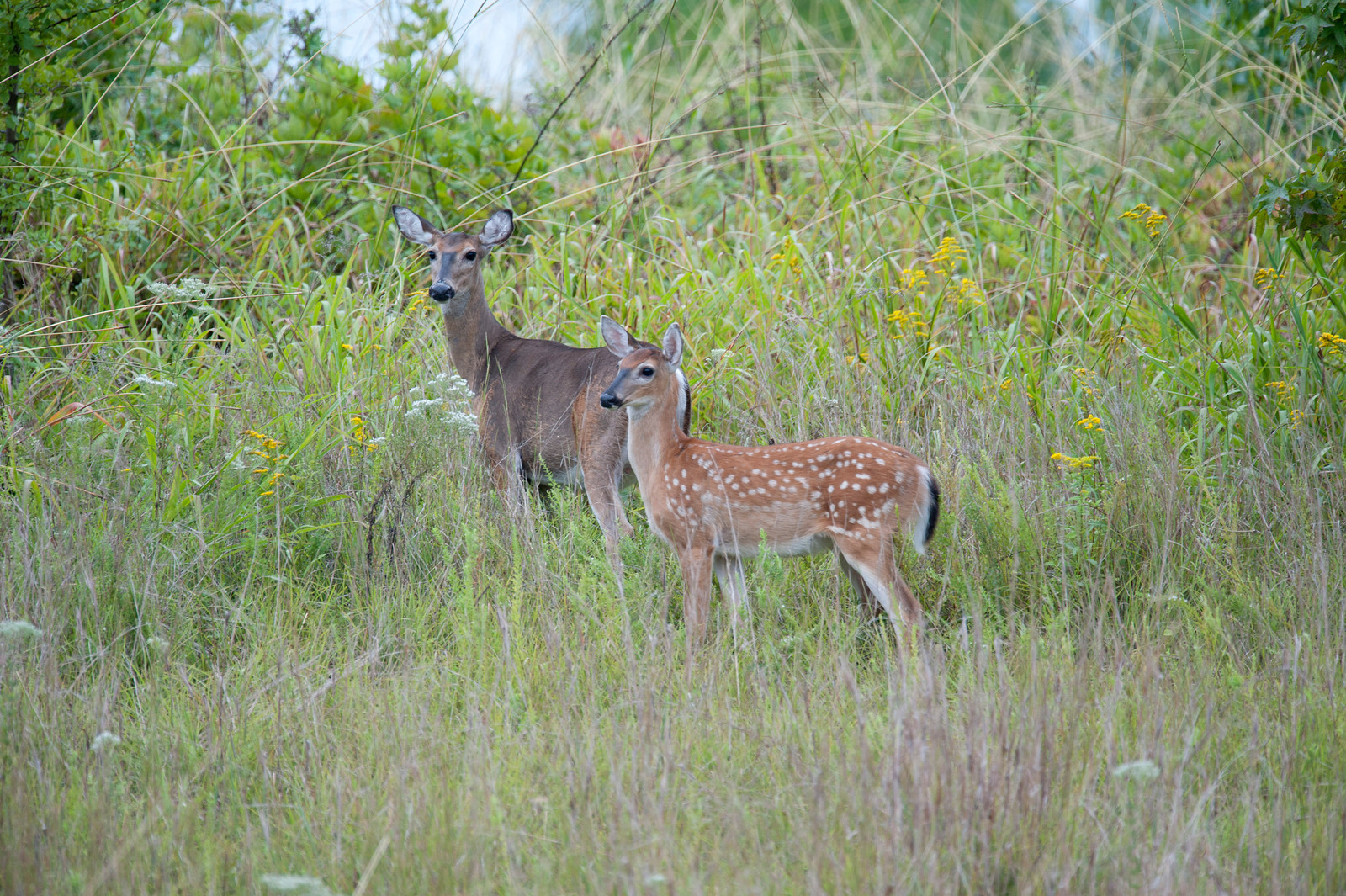
White-tailed Deer - Photo by William Higgins
